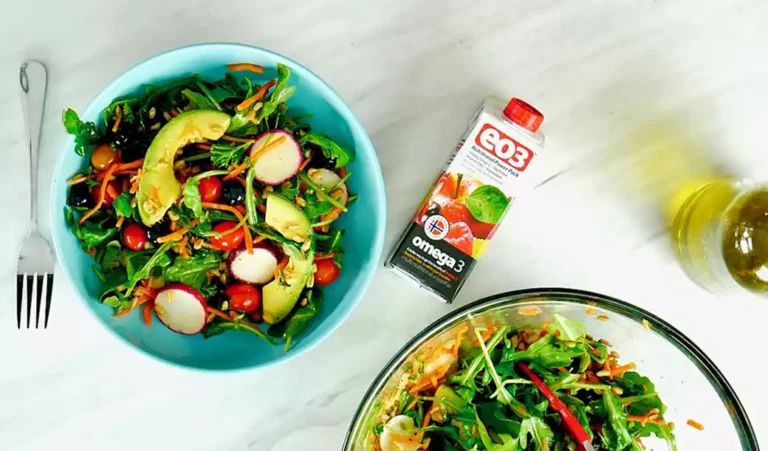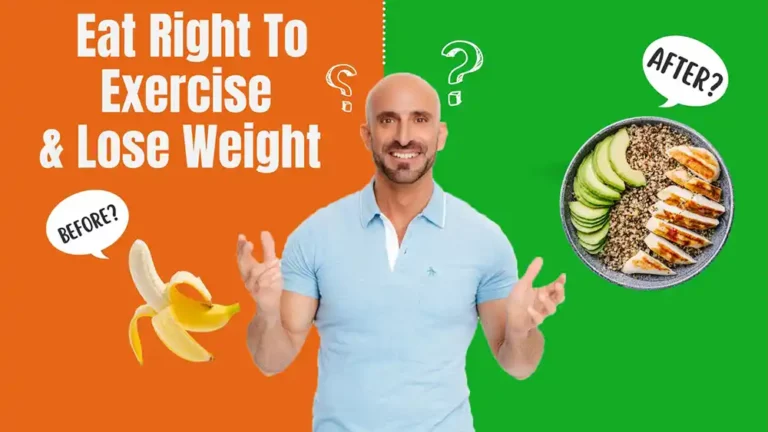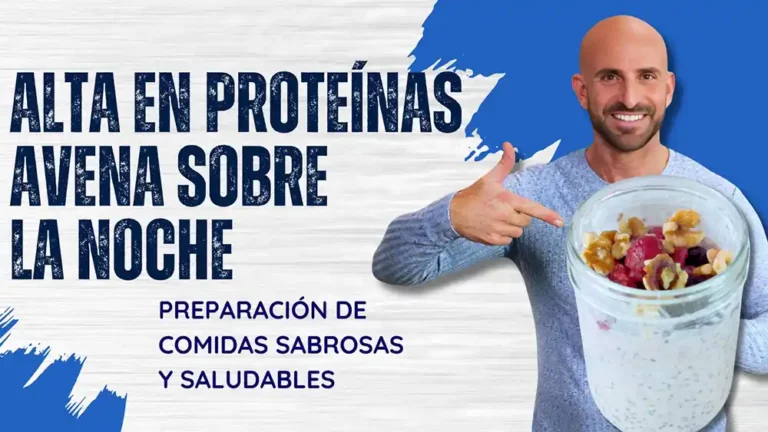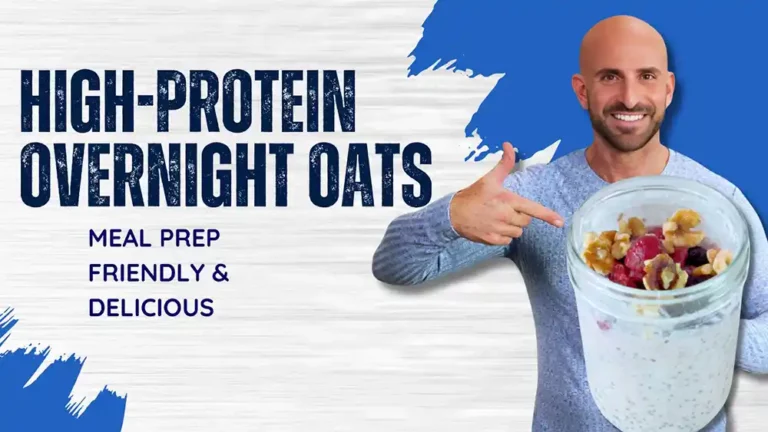Learn a key indicator of how to know if you have visceral fat, and valuable changes you can make to your food and exercise choices to reduce visceral fat.
I partnered with EO3 to bring to you key ways to reduce visceral fat, including how to enjoy EO3 with your anti inflammatory meals. Use my code MANUEL10 to get 10% off your order.
With over 40% of the US population classified as obese, it is more important than ever to understand the impact fat has on the body. And even more specifically, visceral fat.
The good news is that making small changes to your food choices and exercise routine can make a big difference. And as a registered dietitian, I’m here to share a few key ways to do this – including the addition of ready-to-drink smoothie EO3.
What is Visceral Fat & Why is it Bad for Your Health?
To start, let’s cover some visceral fat basics. There are two types of fat – visceral and subcutaneous. Out of the two, visceral can be more harmful to the body.
This is because it is inflammatory and surrounds your organs. As fat cells get larger, more inflammatory chemicals called cytokines are created. These cytokines can interfere with hormones that regulate appetite, mood, and brain function. They also contribute to the risk of many chronic diseases such as hypertension, diabetes, cardiovascular disease, metabolic syndrome, and certain cancers.
How Do You Know if You Have Visceral Fat?
How do you know if you have visceral fat? And who is at the most risk for chronic inflammation due to visceral fat? One main indicator is your waistline – men with a waistline of over 40 inches, and women with a waistline greater than 35 inches.
With these health concerns in mind, there is no question that reducing visceral fat is a must. But how can you do that?
4 Food Tips for a Smaller Waistline
There are 4 key tips I have to share to decrease visceral fat:
- Eat more protein.
- Include more antioxidant-containing foods.
- Include healthy fats, such as omega-3s.
- Eat more fruits and vegetables.
Small, frequent meals are best. After 20 years of experience helping clients reduce visceral fat, my recommendation is to eat every 3-4 hours. A key important macronutrient at every meal and snack is protein, including an afternoon snack. This controls hunger and keeps up metabolism as you lose visceral fat.
Examples of How to Eat to Decrease Visceral Fat
I created three meals and a snack as an example of how to eat to reduce visceral fat and inflammation.
Breakfast: Oatmeal with almonds and strawberries
The other healthy fats are monounsaturated fats that can reduce visceral fat like almonds, avocado, and olive oil.
Lunch: Anti-Inflammatory Salad with Chicken and Garbanzo Beans
Simply add chicken and garbanzo beans to this salad for a boost of protein and fiber.
Afternoon Snack: EO3 Paired with an Apple
One of the reasons I love EO3 is that it contains protein, antioxidants, and healthy fats. It also pairs well with gut-friendly foods, including fruits and vegetables.
The protein in EO3 can help control hunger as you reduce visceral fat, and the omega-3s can tag team and reduce inflammation.
Dinner: Quinoa Butternut Squash Salad with Queso Fresco
This is a simple recipe filled with plant foods. Add queso fresco for a boost of protein.
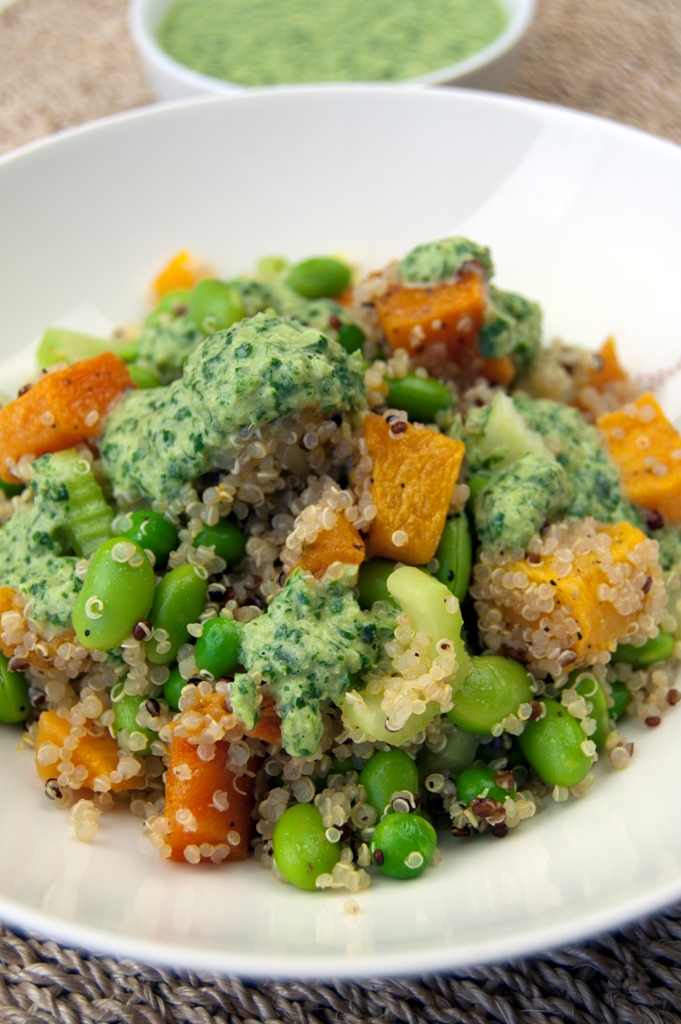
Aside from food, exercise is extremely important too. Strength training and high interval training are most effective.
So, the biggest takeaway is losing the waist can reduce visceral fat and chronic inflammation to promote better health in the future.
Use my code MANUEL10 to get 10% off your order on EO3’s site to try this incredible ready-to-drink omega-3 smoothie!

